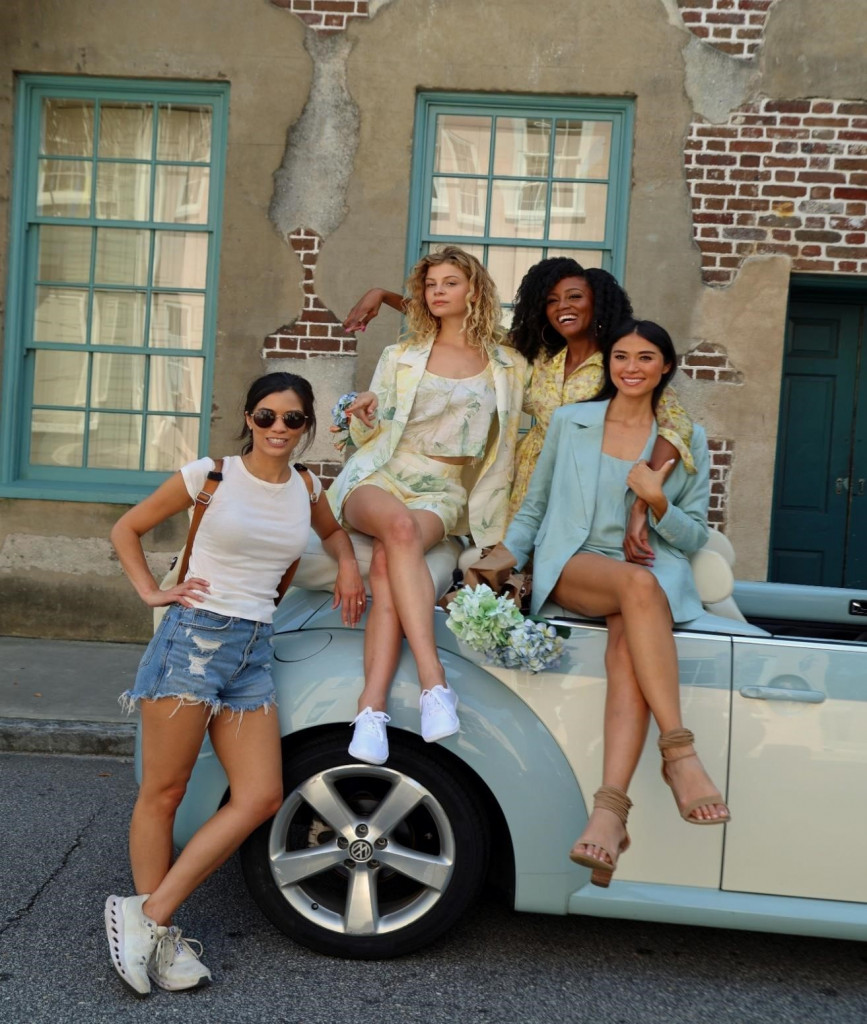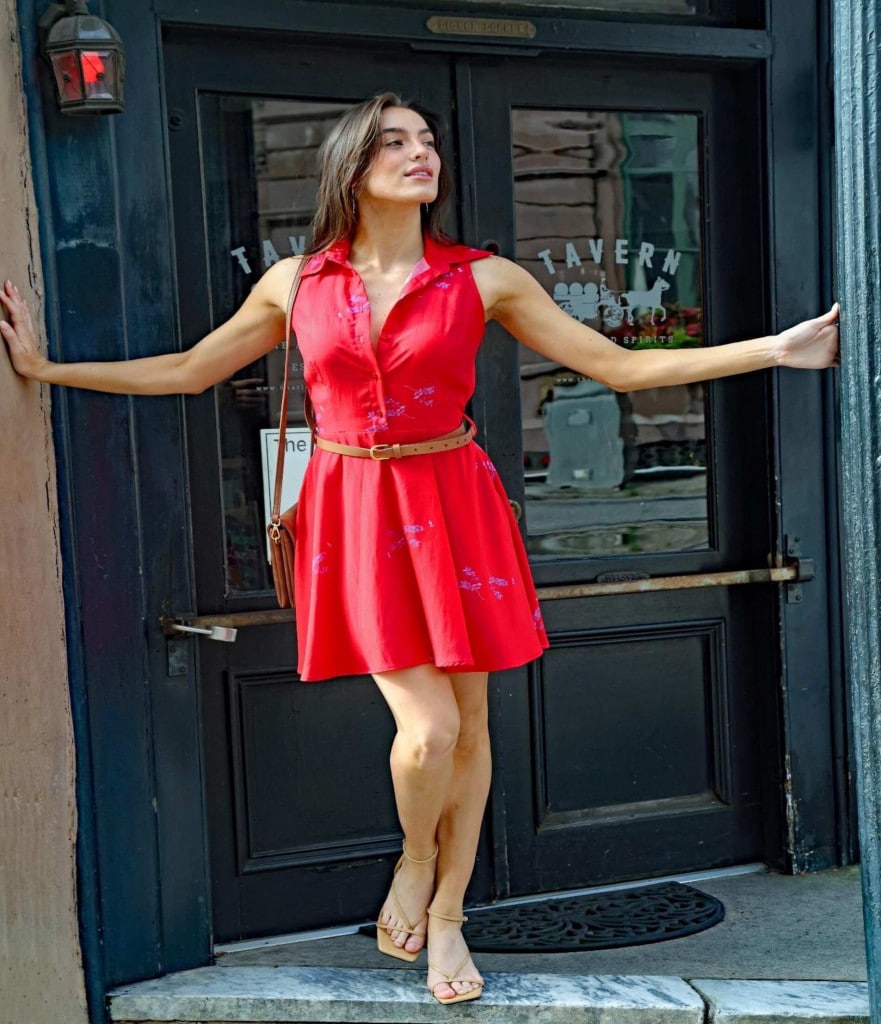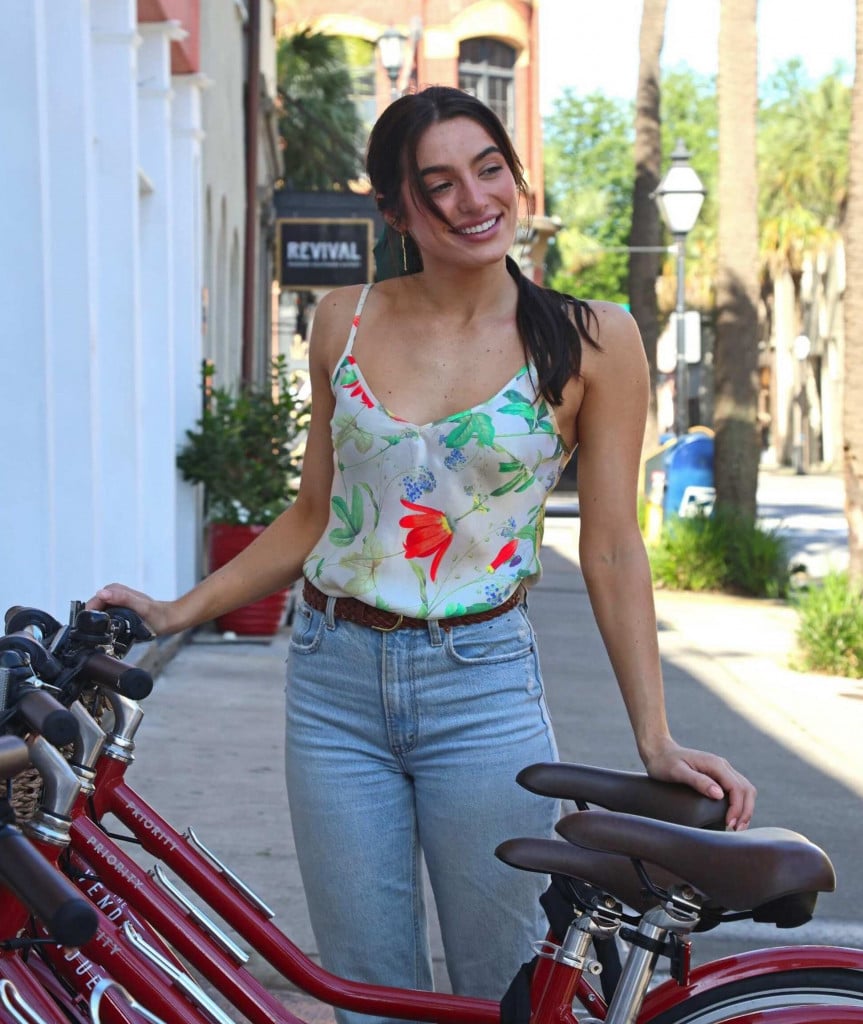Articles
The greatest photo locations in Charleston!
I love being engaged in the art photography and simply love the colors and charm of our Charleston. Over the years of walking the streets of downtown Charleston, I wanted to share my favorite spots where I have experienced my best work with many of my favorite people. So, let us take a walk-through Charleston and uncover her hidden gems.
Andrew Pinckney Hotel (40 Pinckney Street)
Bright colors and contrasts in this small section of downtowncharleston 300 years of rich. local history behind it. the meticulously restored The Andrew Pincknev Innredefinninghistoric charm, the Inn embodies true Southern hospitality in anauthentic Charleston experience.
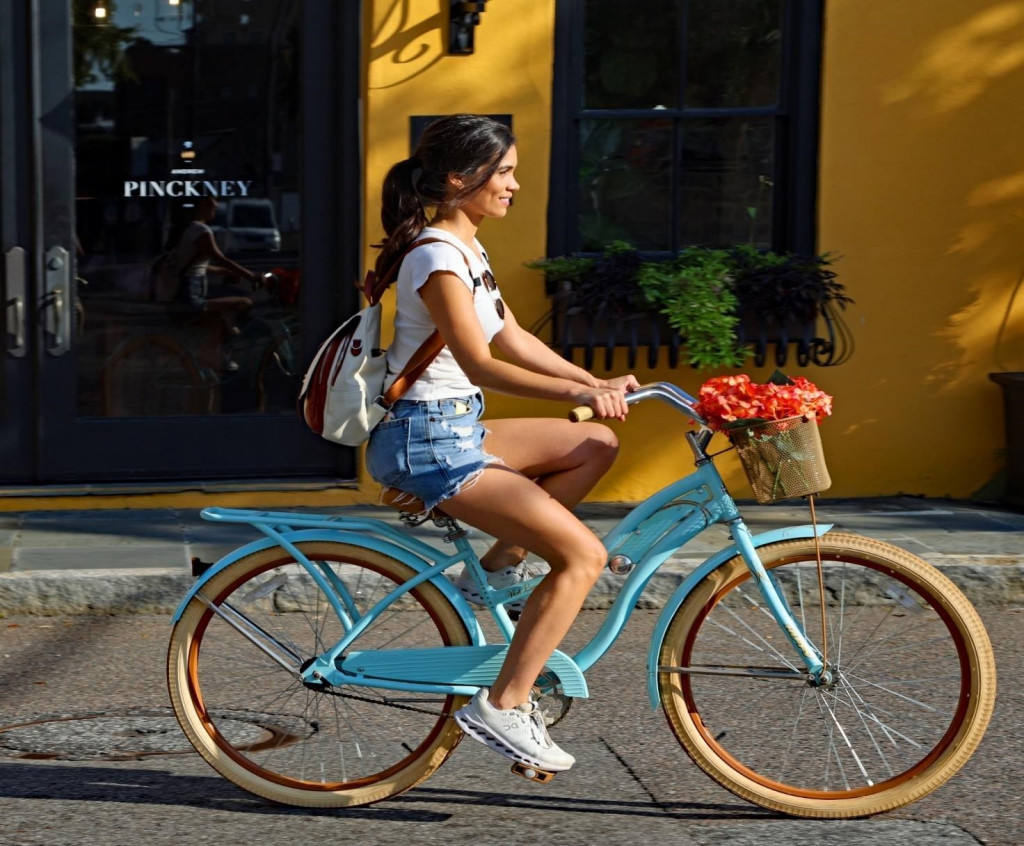

Old South Carriage Company (14 Anson Street)
Such an incredible backdrop for these shots. A rustic horse barn with beautiful hanging lights. A rich history, a family owned and operated business since 1983, they have given carriage tours in Charleston, SC to thousands of guests from all over the world.
Hotel Emeline
At 181 Church Street, you’ll find Emeline, a proud and noble hotel in Charleston’s historic district. Classic, elegant and a little step back into time atmosphere with a fantastic coffee shop!

Bennett Hotel (Marion Square)
Hotel Bennett opened on January 27, 2019. Its build was 20 years in the making, breaking ground in March 2015 and taking 47 months to build. The hotel is designed to feel as though its origins date back to the 18th century. Many of Charleston’s historic homes were utilized as design references.

White Point Gardens/Battery (Battery)
The Battery is a landmark defensive seawall named for a civil-war coastal defense artillery battery at the site, it stretches along the lower shores of the Charleston peninsula, bordered by the Ashley and Cooper Rivers, which meet here to form Charleston harbor.

The Tavern at Rainbow Row (120 East Bay Street)
Serving Charleston since 1686, The Tavern is the oldest liquor store in the country.
Francis Marion Hotel (Marion Square)
The historic Francis Marion Hotel, named for the Revolutionary War hero Francis Marion, the “Swamp Fox”, has a long tradition of gracious service, elegant accommodations and hosting splendid banquets and events dating back to its opening in 1924.
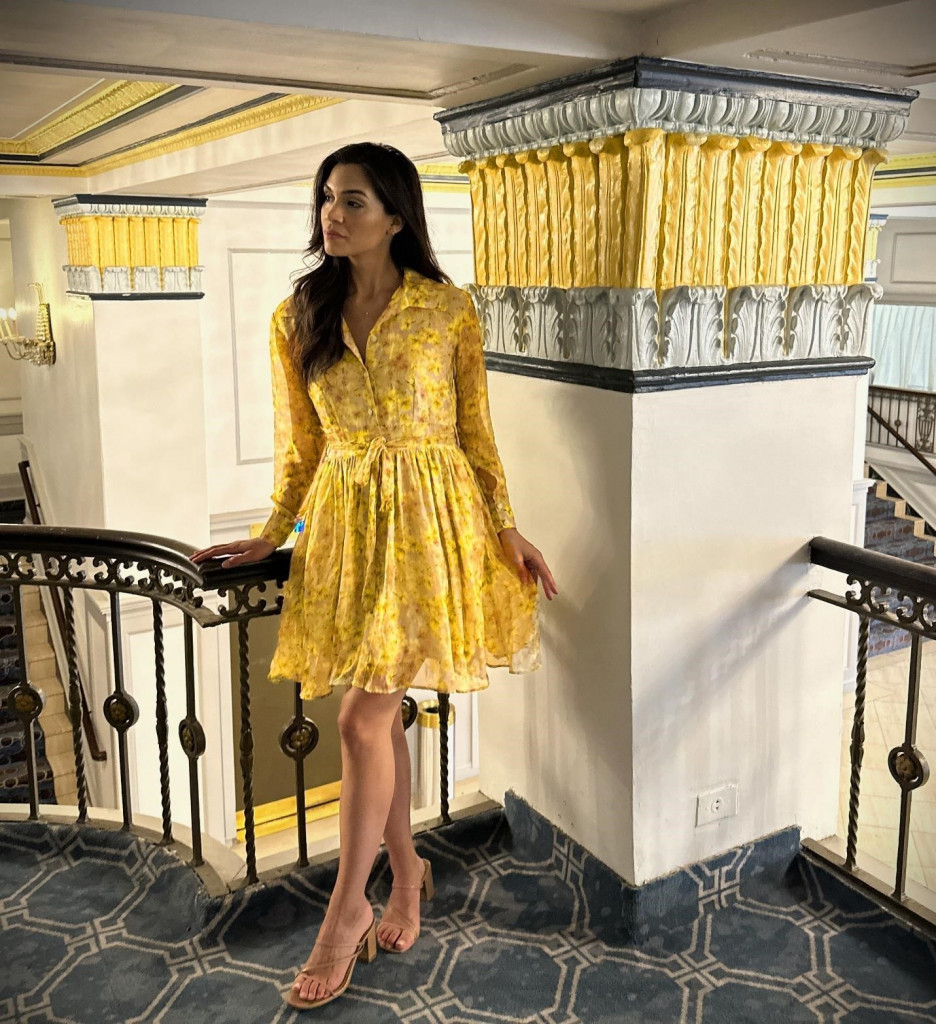
Robert Lange Studio (2 Queen) Just because………………..it is awesome!
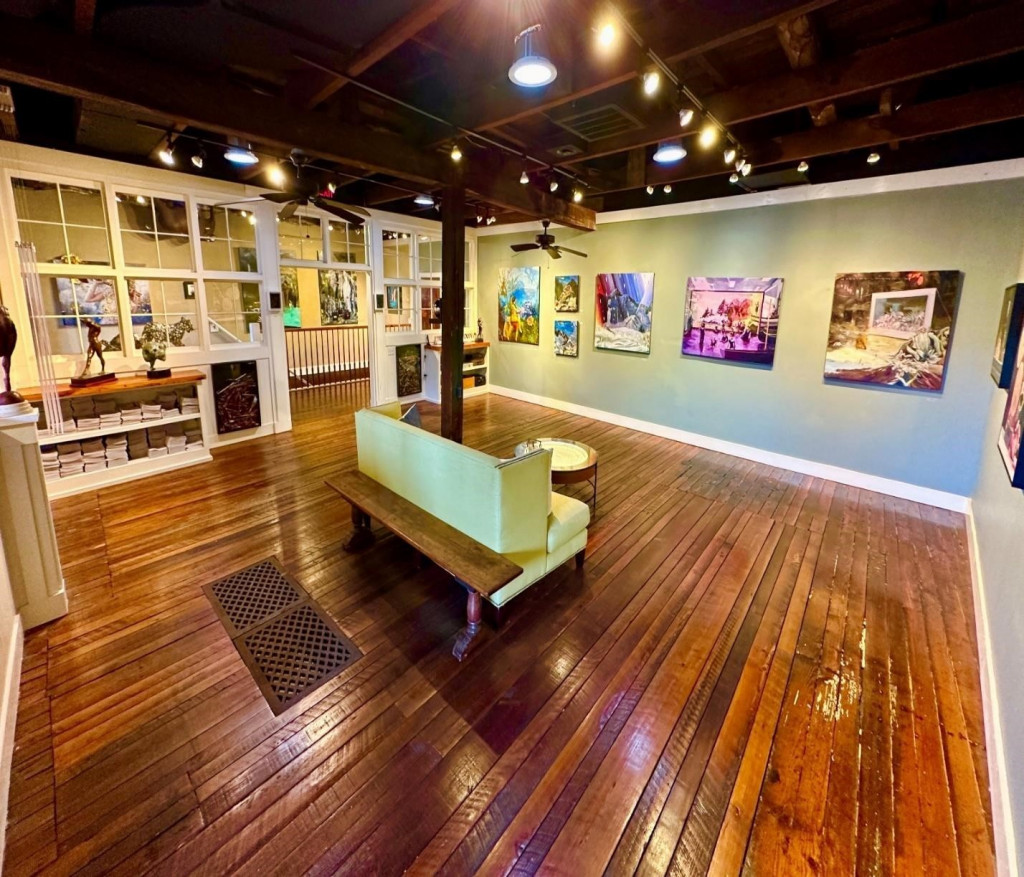

St Matthews Church (Marion Square)
So many intersecting shapes surrounding a bright red church door.
St. Matthew’s Lutheran Church, founded in 1840 by a group of Germans who wished to worship in their native language, quickly outgrew its original building at Hasell and Anson Streets in Charleston. The congregation moved into its current building in 1872. The small congregation could never have envisioned its growth to become South Carolina’s largest Lutheran church at the beginning of the 21st century.
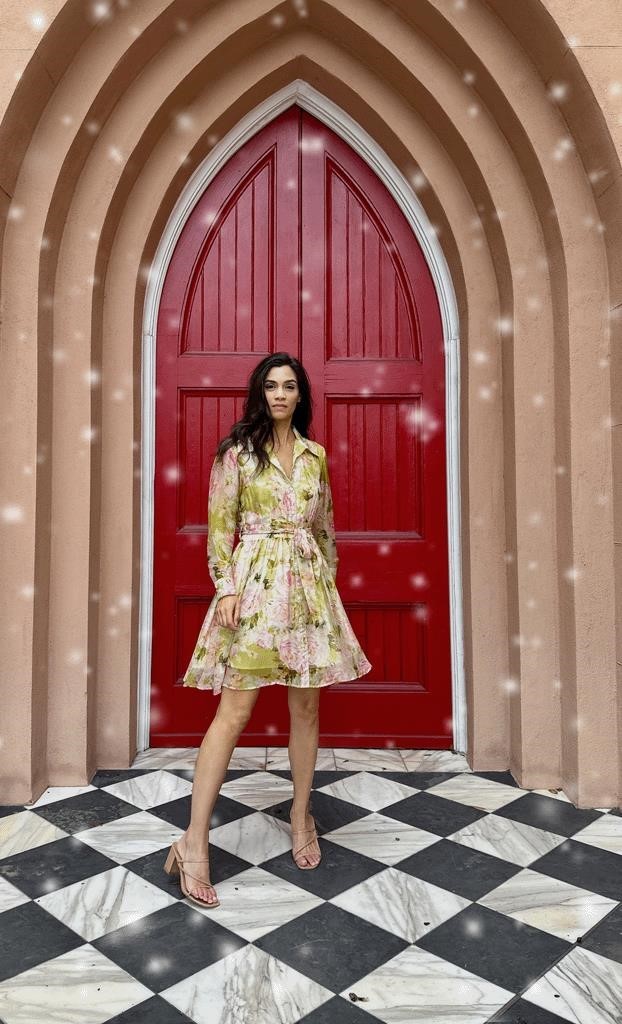
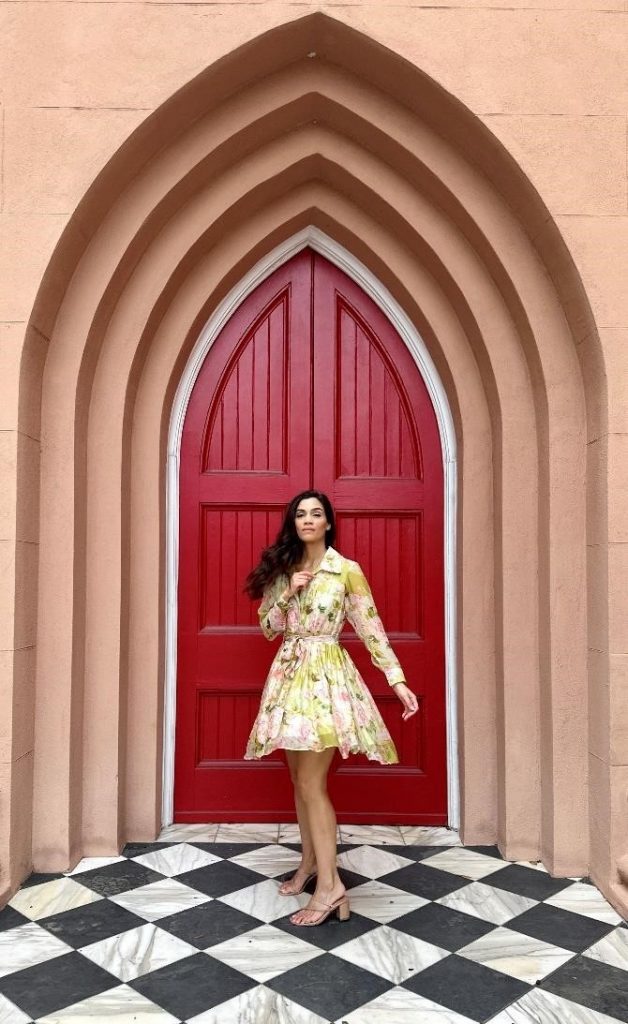
Rainbow Row (79-107 East Bay)
Rainbow Row is the name for a series of thirteen colorful historic houses. Located north of Tradd St. and south of Elliott St. on East Bay Street, that is, 79 to 107 East Bay Street. The name Rainbow Row was coined after the pastel colors they were painted as they were restored in the 1930s and 1940s.
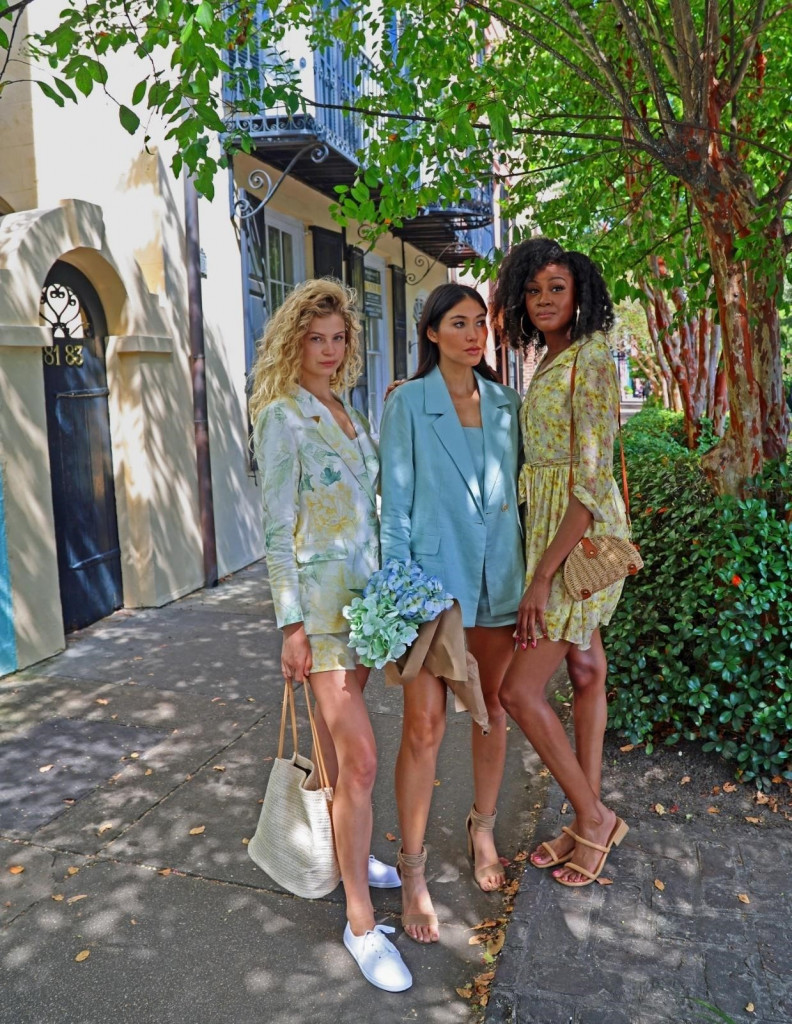
Stoll’s Alley (Stoll’s & Church)
There are three public streets that don’t look like streets in Charleston — Philadelphia Alley, Longitude Lane, and Stoll’s Alley — they are so narrow that people often walk right past them. They are Charleston’s hidden alleys. This ancient brick passage was once called “Pilot’s Alley”, a reference to the maritime nature of the waterfront, and probably because harbor pilots lived there. Later, it was named for Justinus Stoll, who built #7 Stoll’s Alley around 1745. It degenerated into a slum by the 1920s and has since been rehabilitated.
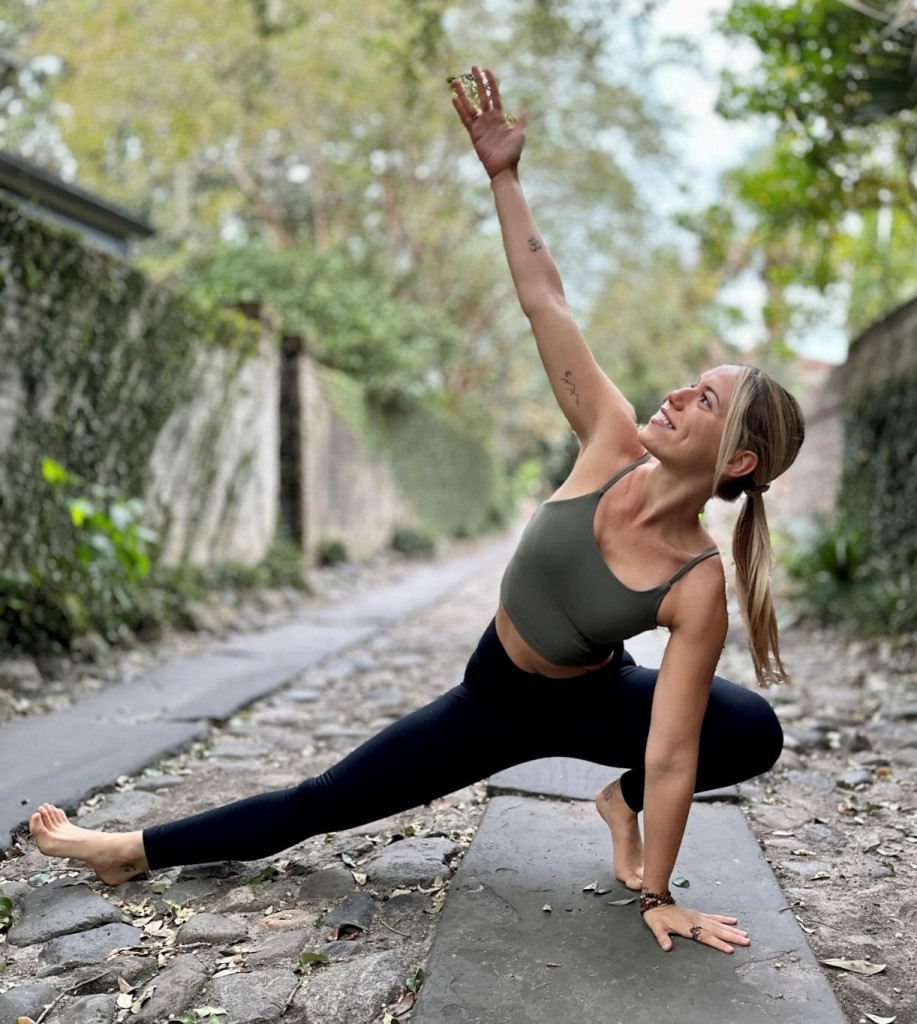
The Charleston Place
Designed to complement Charleston’s historic architecture, the hotel breathed new life into the city. Together with its restaurants, cocktail lounge, spa, and retail shops, The Charleston Place won the hearts of locals, vacationers, corporate travelers, meeting planners, and wedding planners alike. Hospitality is a transformative art — that this “place” can do more than inspire and nurture its guests, team, and partners. It can inspire an entire city, country, and world.
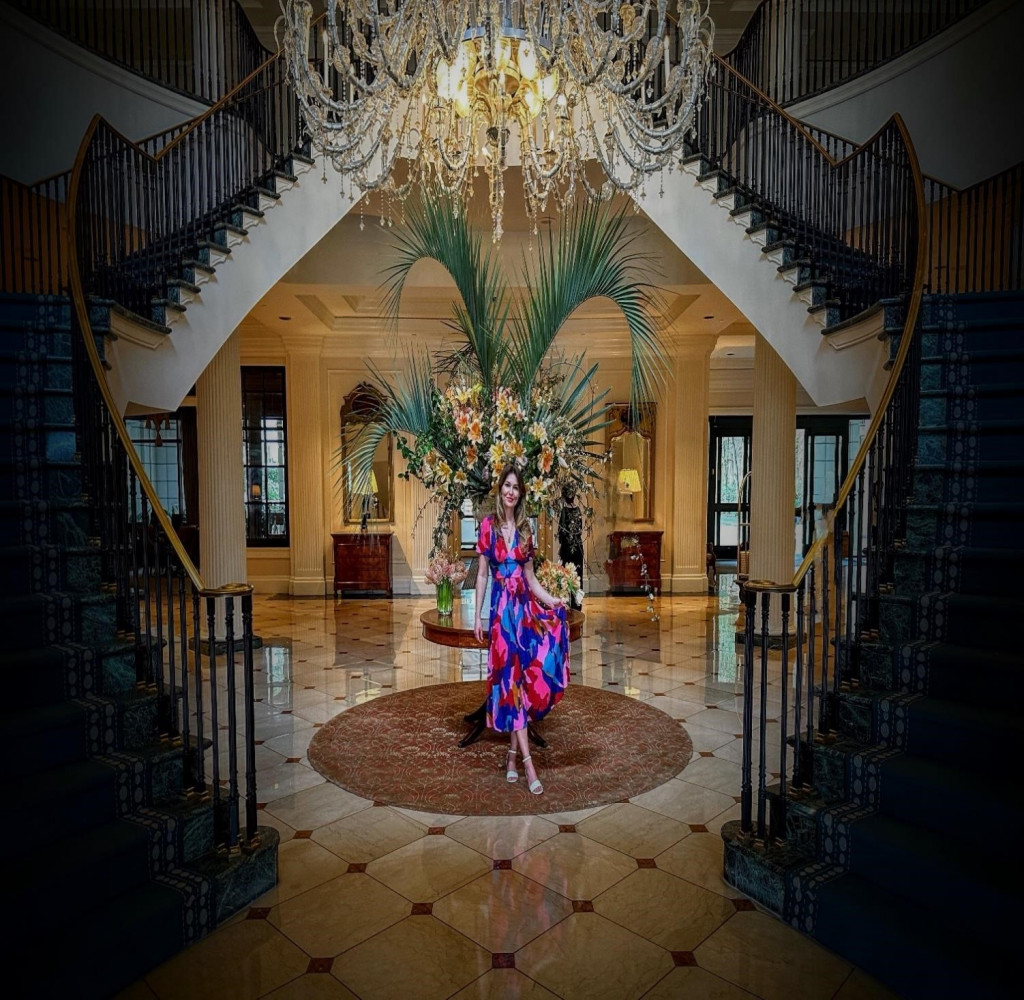
Philadelphia Alley (Off Queen/State & Church)
Philadelphia Alley in Charleston is also known as “Dueler’s Alley” — reflecting its previous popularity as a site for settling matters of honor. Legend holds that the alley was a popular place for duels, including one in which General William Moultrie is said to have fought by sword. The brick wall on the lane’s western side flanks St. Philip’s churchyard. The eastern side traditionally held warehouses, tenements, and small residences.
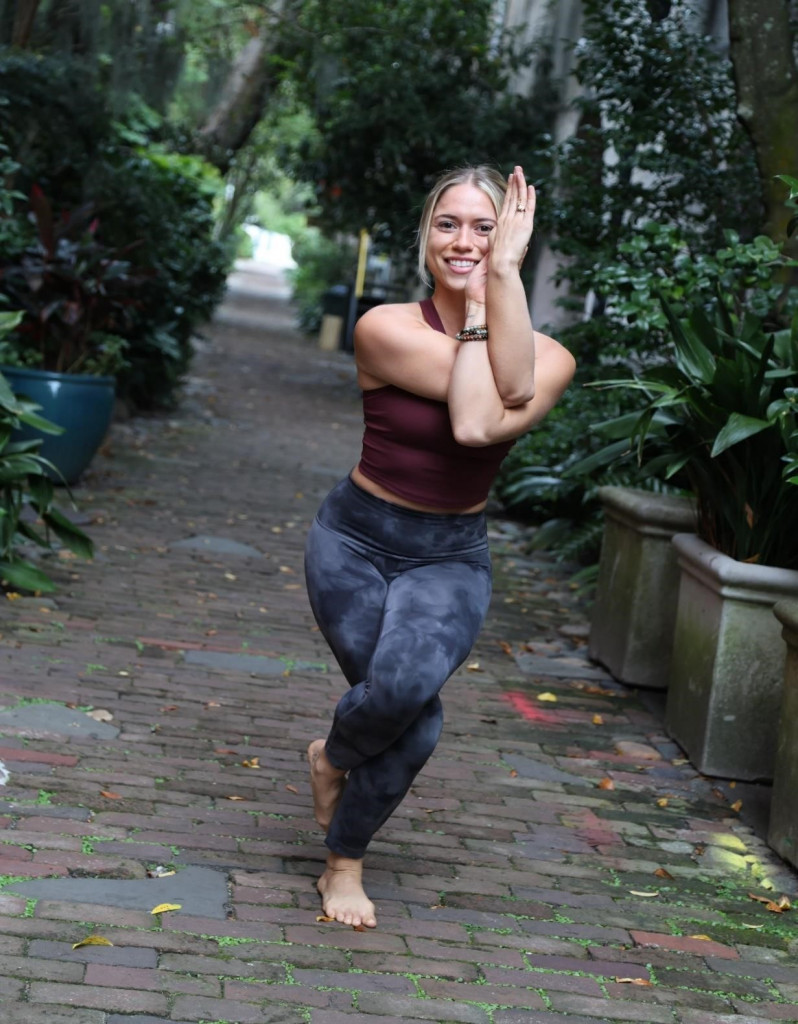
Mills Hotel side wall (115 Meeting Street)
1853 – The newly constructed Mills House Hotel costs $200,000 to build and opens to the public. It’s termed “the finest hotel south of New York City”. During these early years, The Mills House was a beacon for innovation and modern tastemakers.
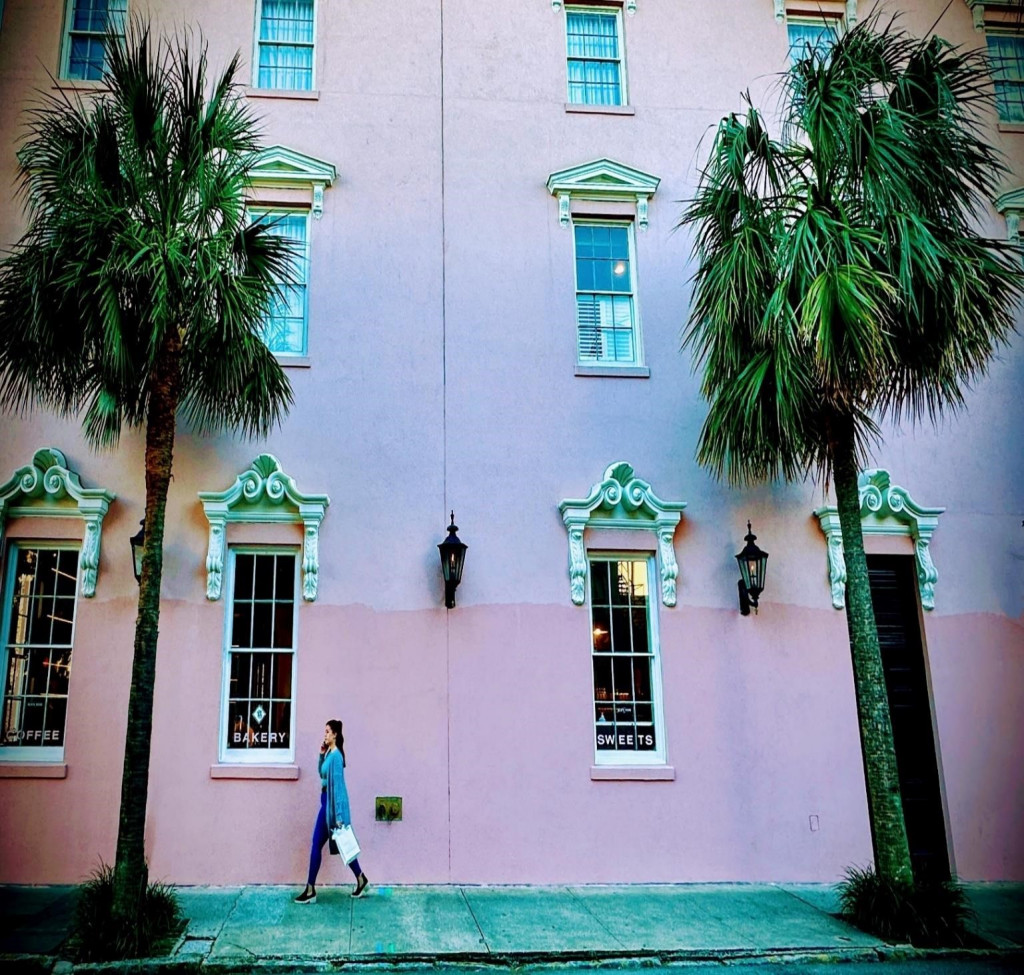
The Vendue (19 Vendue Range)
Charleston’s art hotel. Reverie at its finest. Bursting with modern energy and an undeniable flair amidst historic bones, The Vendue is like no other place in Charleston.
Longitude Lane (North of Stroll/between Church & Meeting)
Longitude Lane is one of the beautiful old “cut throughs” in the historic district. It runs between Church and East Bay Streets. The alley hasn’t really changed since it was built in the 1600s. This alley is designed with some of the most beautiful entrance ways and foliage in our city.
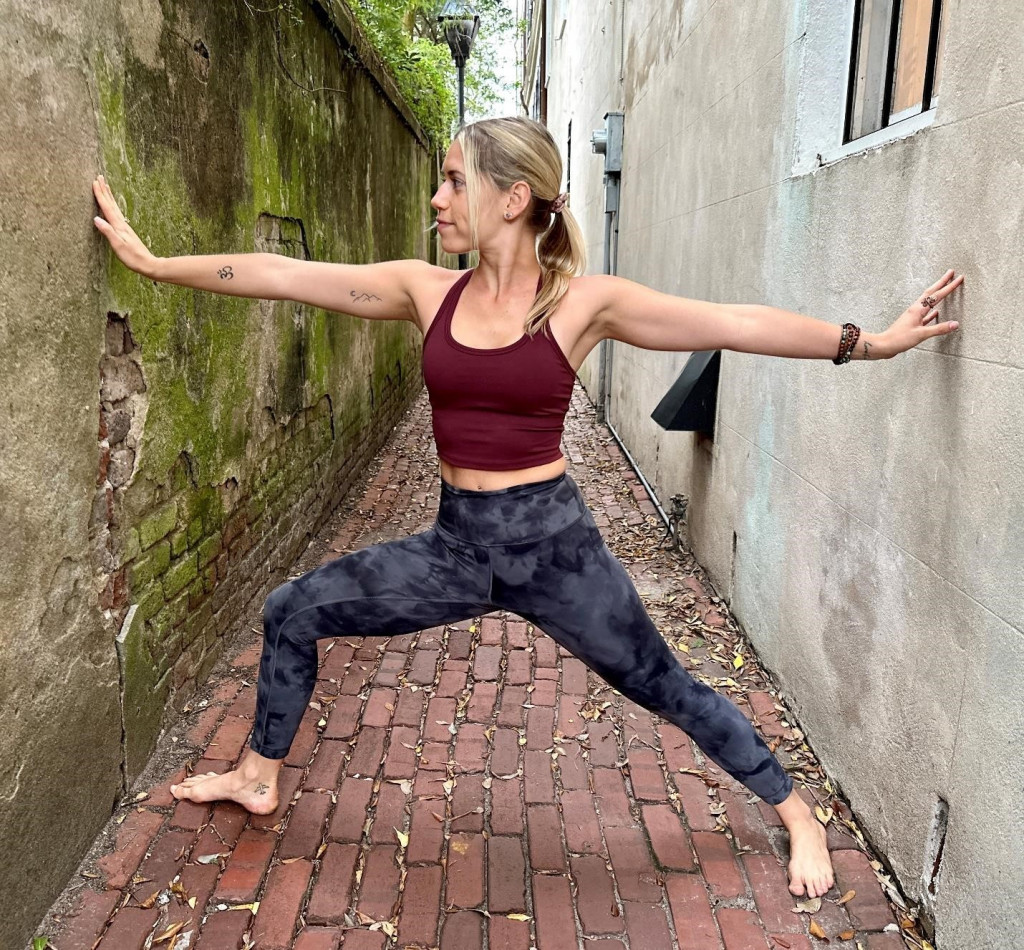
Zero George
Luxury, history, charm – the essence of Charleston is distilled in the sophisticated elegance of Zero George Hotel. Zero George’s immaculately restored circa 1804 buildings and private courtyard are the ideal ground zero for exploring Charleston’s allure.

College of Charleston Entrance-Porters Lodge
Completing the design of Cistern Yard, this symbolic entrance to the College of Charleston has also housed janitors, student clubs, and faculty offices. Its arches welcome incoming students and community members to campus and usher new graduates out at the end of commencement.
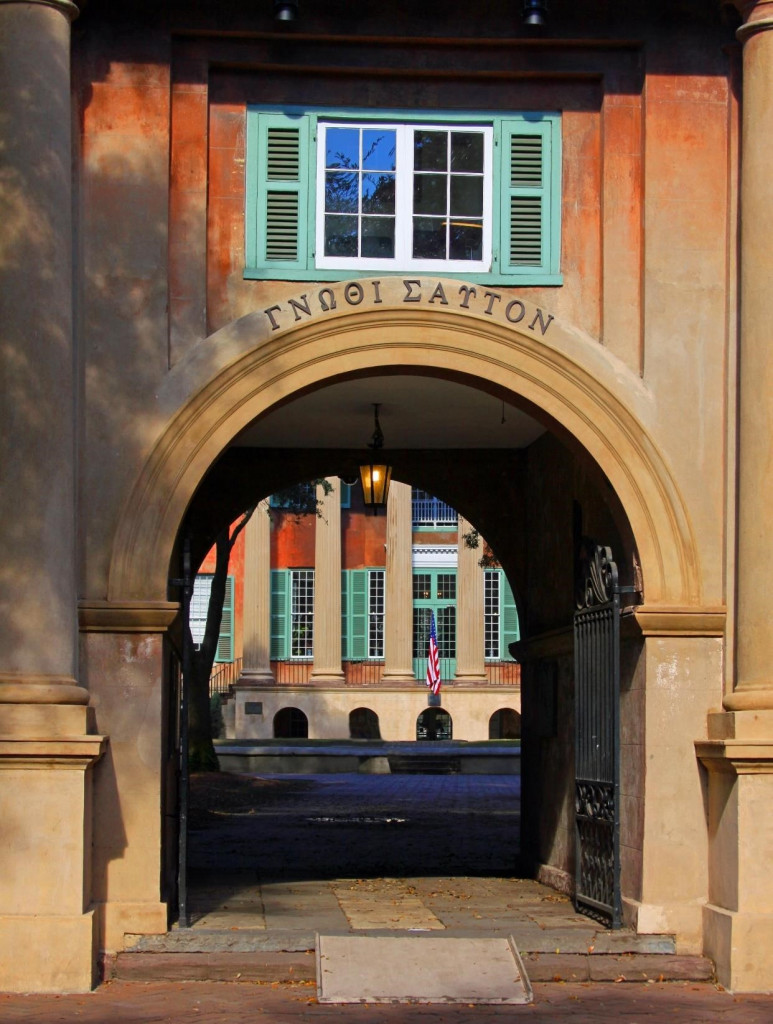
Dock Street Theatre (135 Church Street)
The side wall of this historic theatre offers an unbelievable background for these beautiful models. The structure, which was built as a hotel in 1809 and converted to a theater in 1935, occupies the site of the first building in the Thirteen Colonies designed for use as a theater. It has been on the National Register of Historic Places since 1973.
